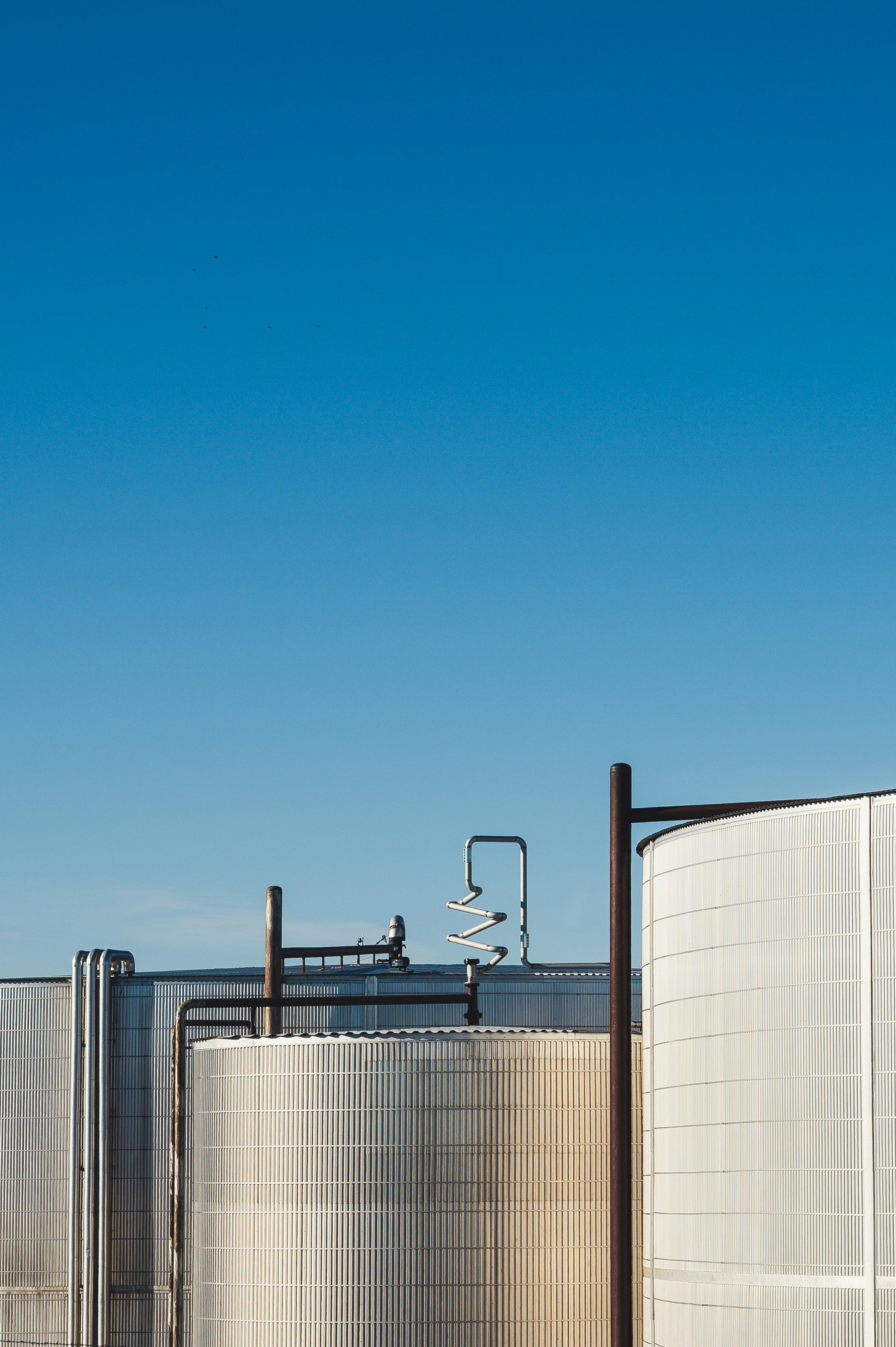Fastest-Growing Segments in CGD

Q1. Could you start by giving us a brief overview of your professional background, particularly focusing on your expertise in the industry?
I joined GAIL (India) Ltd in October 1992 and served GAIL until January 2025. I was superannuated on 31st January 2025 as Executive Director (O&M) & Zonal ED (Western Region). I have worked in my career for Projects, Cross Country Pipeline Construction, CGD, and the Marketing department. I have primarily worked on various projects, including DUPL, DPPL, VDPL, LMCs in the Mumbai Region, DBPL, KKMBPL, and CGD Bengaluru as OIC, among others.
Q2. What impact do you expect green hydrogen, bio-CNG, and other alternative fuels to have on the natural gas sector over the next decade?
The Green Hydrogen Market is not mature enough for commercial usage.
Bio-CNG has good potential, but it faces limitations in its raw material supply chain, difficulty in securing land for projects in metropolitan areas, and consumers are not comfortable with the quality of bio-CNG and its impact on vehicle performance.
Natural gas growth is approximately 30% per annum, and other fuels may be impacting it much. As you are aware, natural gas is expected to grow from 6% to 15% in the overall energy basket, which is presently indicated as almost double the scope available in the market.
Q3. What role do you see digital technologies (IoT, AI, GIS, smart meters) playing in the future of pipeline operations and customer service in CGD?
Already, SCADA, IOT, GIS, and smart meters are in use. However, the usage of AI is currently limited, but it is expected to grow in the future, which will indirectly reduce the cost of operations and customer services, among others.
Q4. Which segment of the CGD business (domestic households, transport, or industry) is growing the fastest, and what kind of numbers illustrate this trend?
The transportation segment (CNG) is expected to grow at the fastest rate of 30% CAGR, as it is an economically efficient and ready market for the same. The government has envisioned approximately 10,000 CNG stations as the target for the industry by 2030.
The domestic household market is growing slowly due to a lack of return and numerous local issues with permission and penetration in the existing LPG market. The market penetration is limited to a maximum of 30-40%. Government policies are also required to support PNG penetration in the market. The government has envisioned approximately 10 Cr PNG connections for the industry by 2030.
Industry is also growing well. It requires government support so that polluting fuels, such as FO, Wooden Pallets, etc, are banned in cities/industrial areas. Presently, higher NG prices are dampening the growth of the Industrial segment.
The commercial segment has enormous potential. Focus is like five-star hotels, restaurants, and food malls. Significant growth is possible through a trigeneration system, which operates on an adsorption cycle in large hotels and malls.
Q5. Which consumer segments—households, transport, or industries—offer the greatest potential for expansion?
• Transportation
• Commercial
• Industrial
• Household
Q6. Among the new private entrants in CGD, who do you think is making the most aggressive push for market share, and how is that reshaping the competitive balance?
1. IGL
2. MGL
3. GGL
4. MNGL
5. Torrent gas
6. Think gas
7. Adani Total Gas
The top 4 are Joint ventures among the PSUs. However, these entities are top performers, and their growth is also balanced across all segments of CGD.
The three below are private entities that mainly focus on CNG, Industry, and commercial applications.
Q7. If you were an investor looking at companies within the space, what critical question would you pose to their senior management?
What is the capex for natural gas pipeline infrastructure in the next five years?
Comments
No comments yet. Be the first to comment!
